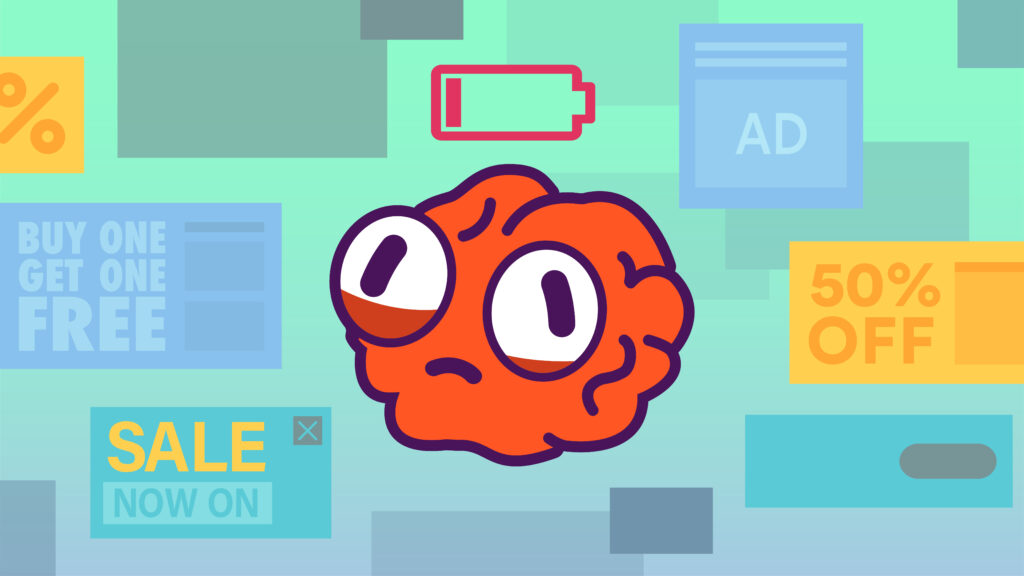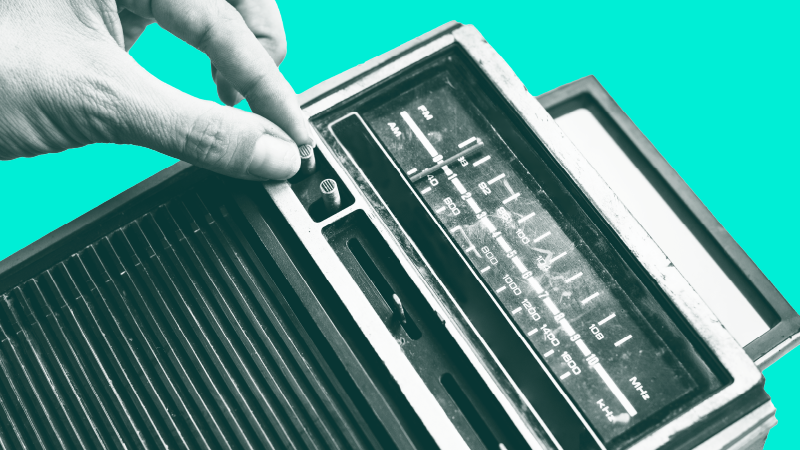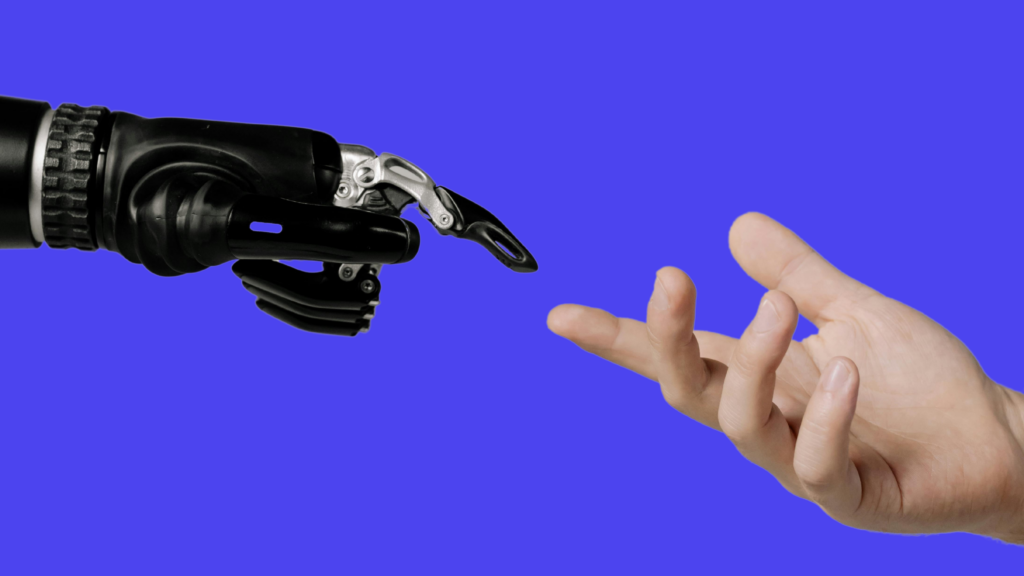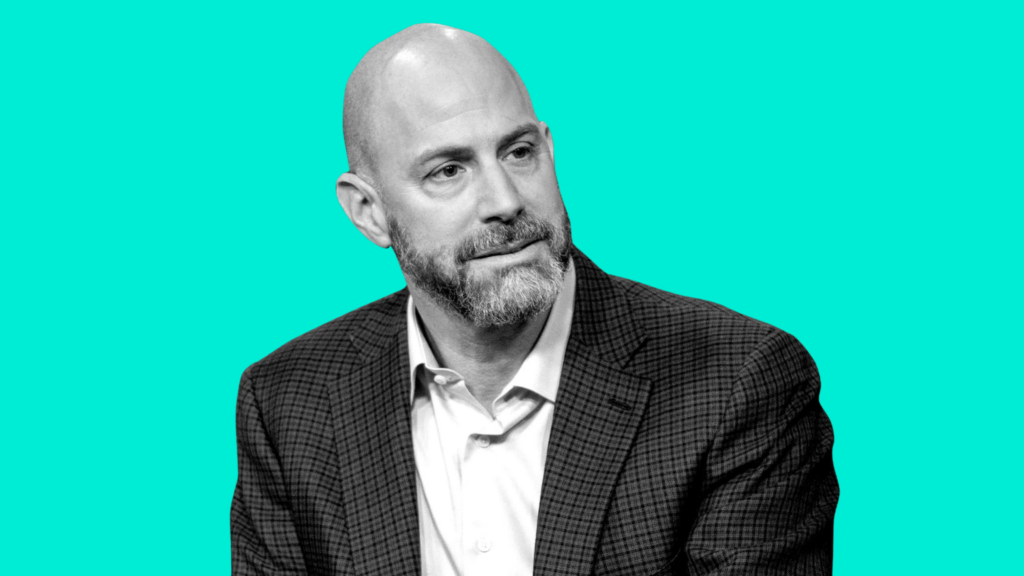Picture the scene… You’re sitting at home on the sofa after a hard day at work, scrolling through your social feed, enjoying cute puppy videos and pictures of your friends pulling funny faces, the minutes (or hours) are flying by. But suddenly, you roll your eyes and close your socials. What happened? You’ve just seen the same ad for what feels like the 100th time and it wasn’t even well-designed, it wasn’t related to you, and it didn’t provide any value.
This ladies and gentlemen, is ad fatigue.
If you’re an avid user of social media, you’ve likely experienced it. If you’re a marketer who works on paid ads or a designer who wants their creative to have an impact – it’s time to listen up and learn how to keep ad fatigue at bay and keep your audience coming back for more!
What could ad fatigue mean for you and your business?
Ad fatigue goes beyond not noticing or paying attention to an ad. It describes that moment when potential customers have seen an ad so many times that it leads to a negative impression of your brand. This can lead to un-follows, loss of brand equity and negatively impact how your customers view your future ads.
What’s causes ad fatigue?
One of the biggest causes of ad fatigue is old creative. People get bored very quickly, so you have to keep your content fresh and exciting. We recommend making changes to your content once you start seeing your ad performance dipping to ensure people keep paying attention.
What are the 3 signs of ad fatigue?
If you’re a marketer worth your salt, you’ll have a good understanding of your ad performance data. If you’re monitoring your ad campaigns weekly or even better daily, you should be able to pick up on ad fatigue pretty quickly. Below we’ve listed the top signs that your audience is tuning out.
1. Low CTR (clickthrough rate)
The most obvious indicator is a low CTR. While low CTR’s can be an indicator of lots of different problems with your ads, this metric should serve as a glaring indicator that you’re dealing with ad fatigue. If your numbers started out good but took a significant dive after a few weeks, then it’s time to make a change.
2. High CPA (cost per acquisition)
While low CTRs can have various causes, a steep drop coinciding with a rise in CPA is a very strong indicator of ad fatigue and failing campaign performance.
3. Low engagement
Low engagement on your ads is a flashing red alert. Declining clicks and interactions speak volumes about waning effectiveness. But beyond the quantity, scrutinise the quality of engagement your ads are getting. Frustrated rants replacing positive comments? This could be the roar of ad fatigue signalling – it’s time to revamp your campaign.
How Do I Get Rid of Ad Fatigue?
Finding out your campaign is falling prey to ad fatigue can be frustrating, especially if you thought the creative was top-notch. But remember, marketing isn’t about you, it’s all about your audience. Even the best marketers have to go back to the drawing board!
Make sure you’ve nailed your targeting
Ad fatigue can be a sign that some aspect of your targeting isn’t quite right. While an ad usually has to show up multiple times in someone’s feed to create a negative reaction, the frequency that triggers frustration can be a lot lower. If your ad and the audience are completely mismatched then ad fatigue will set it quickly! We recommend regularly diving into your ad platform of choice to see if you can fine-tune your targeting.
Revisit your strategy
Sometimes, there might just be an element or two of your strategy that’s off, and making adjustments could be enough to prevent ad fatigue for your audience. For example, maybe your static ads aren’t engaging enough or maybe they’re irrelevant to the audience you’re targeting. Maybe you need to switch things up with UGC-style videos, animations or GIFs. You get the drift.
Do you need help with your marketing strategy? Get in touch with one of our experts today!
Reduce ad frequency
Most ad platforms will tell you how many times your ads are being shown to your audience. There’s typically a sweet spot where your ad is shown enough to be effective but not so much to start annoying people. As we mentioned previously, showing the same ad to your audience too many times can hamper your campaign’s effectiveness so make sure to reduce ad frequency if it’s getting too high.
Start with multiple creatives out of the gate
A good way to limit ad fatigue is to plan for multiple creatives from the get-go. If you’re already halfway through a campaign, spend some time finding some easy ways to turn one set of creatives into many. You’re much more likely to find an approach that resonates if you’re testing multiple creative assets. Once you know a certain set of ad performs well you can start to allocate more budget to it to further enhance performance.
Experiment with new formats
If you’re advertising to an audience that knows your brand but hasn’t purchased yet, using the same formats across multiple campaigns will create a kind of long-term ad fatigue. Make sure you’re experimenting with all formats and switching things up regularly.
Refresh your creative frequently
It’s easy to overestimate the lifespan of ad creatives. If you’re only updating your ads every couple of months, you could be fighting a losing battle. Depending on the industry, ads may need to be refreshed every week. While you can try tricks like updating the copy or changing the background colour, having a constant stream of new creative is simply the best way to prevent ad fatigue.
There you have it – Snap’s top insights on how to avoid ad fatigue!






